Mastering Dynamic Pricing in E-Commerce: Models, Technology, and Strategies for Success [2024]
Optimize pricing, boost profits, and stay competitive with smart e-commerce strategies and tools
Optimize pricing, boost profits, and stay competitive with smart e-commerce strategies and tools
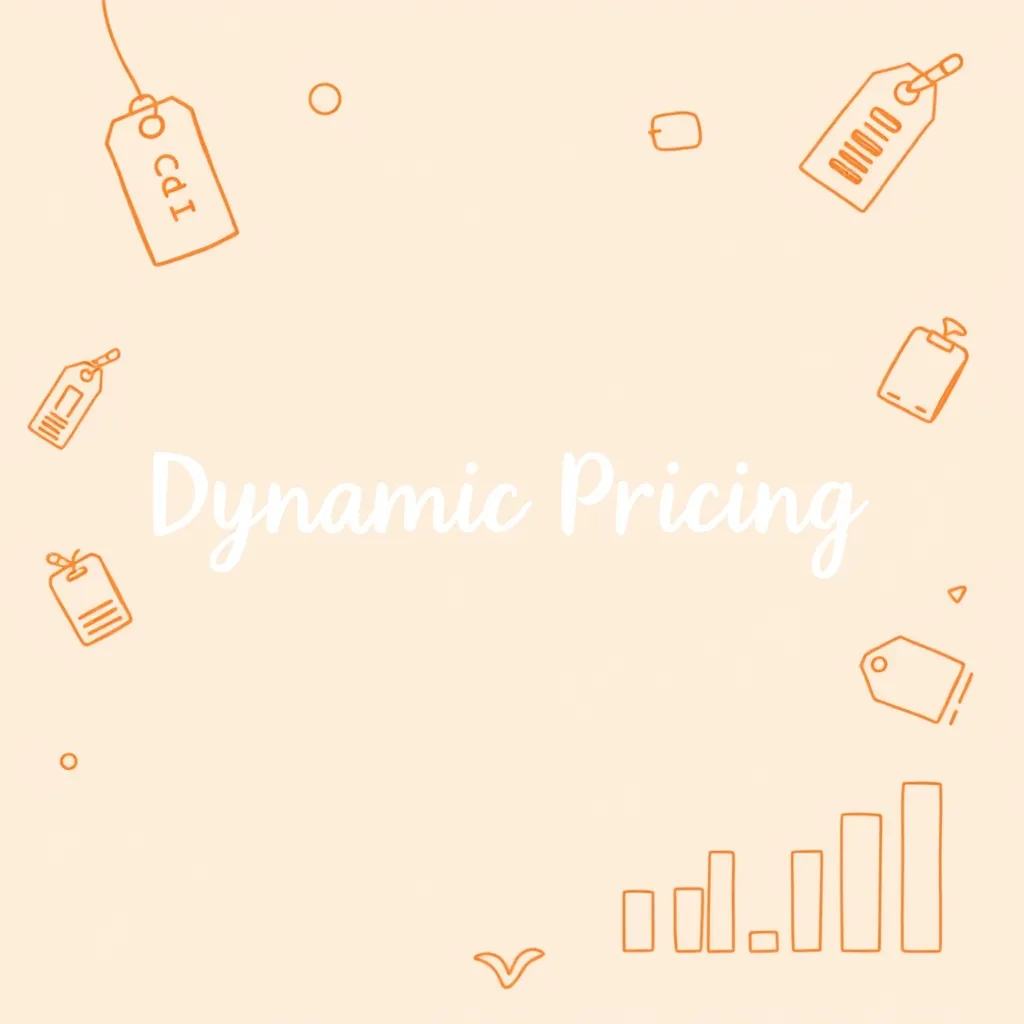
In the fast-paced world of e-commerce, staying competitive means staying adaptable. Dynamic pricing offers a way to adjust prices in real-time, responding to demand, competition, and inventory. With the right strategies and tools, businesses can increase profitability, improve efficiency, and meet customer expectations with precision. This guide explores the models, technologies, and actionable steps needed to implement dynamic pricing effectively and thrive in today’s market.
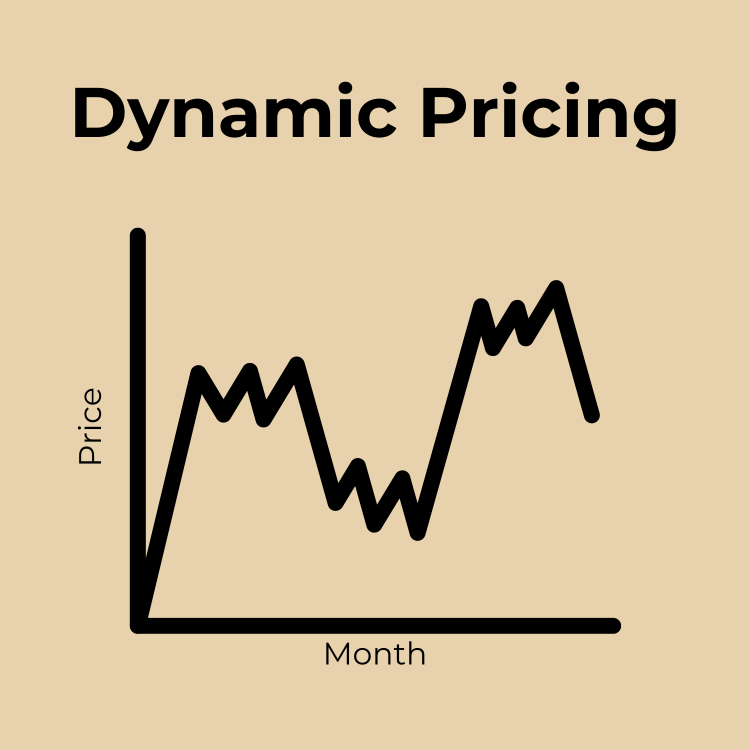
Dynamic pricing is a strategy where product prices are adjusted in real-time based on market demand, customer behavior, competitor pricing, and other factors. Unlike static pricing, where prices remain fixed, dynamic pricing allows businesses to respond to changes in the market swiftly, optimizing revenue and staying competitive.
For example, during peak shopping seasons like Black Friday, e-commerce platforms may use dynamic pricing to increase the price of high-demand products while offering discounts on slower-moving items. This approach ensures maximum profitability while keeping inventory moving efficiently.
Dynamic pricing is particularly effective in industries with fluctuating demand or intense competition, such as travel, hospitality, and e-commerce. By leveraging the right technology, businesses can automate this process, making it seamless and data-driven.
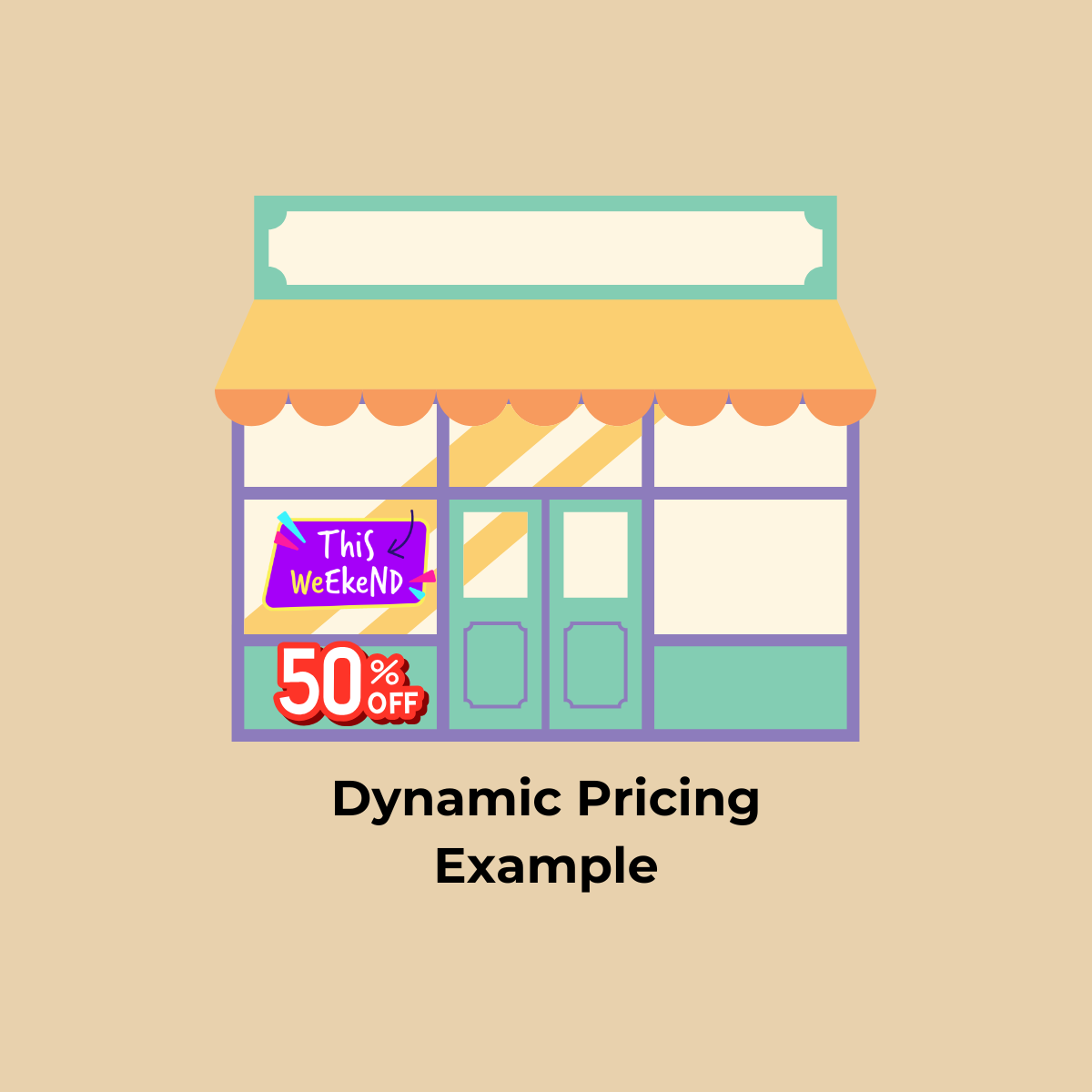
In the competitive landscape of e-commerce, dynamic pricing is a powerful tool for staying relevant. It allows online retailers to:
Platforms like OneCart simplify the implementation of dynamic pricing by integrating with major marketplaces and automating inventory and pricing updates. This ensures that your pricing strategy aligns with stock levels and market trends, reducing the risk of stockouts and maximizing profitability.
Dynamic pricing isn’t a one-size-fits-all strategy. Different models cater to varying business goals and market conditions, enabling businesses to fine-tune their approach. Below are the most common dynamic pricing models:
Rule-based pricing uses predefined rules to adjust prices based on specific conditions. For example:
Advantages:
Example: An online retailer sets a rule to discount summer apparel by 20% starting September to clear inventory for the fall season.
AI-driven pricing uses machine learning to analyze large datasets, such as market demand, competitor prices, and customer behavior, to make real-time pricing decisions. These systems learn over time, refining their pricing strategies to maximize profits.
Advantages:
Example: A marketplace like Amazon adjusts prices for millions of products daily using AI, ensuring competitive pricing while maintaining profitability.
Market-based pricing adjusts prices based on competitor pricing trends. This model is particularly effective in industries with intense competition, where businesses must remain price-competitive to attract customers.
Advantages:
Example: A seller on Shopee tracks competitor prices for similar products and sets their prices slightly lower to attract budget-conscious customers.
Segmented pricing, also known as price segmentation, involves setting different prices for the same product based on customer groups, regions, or purchase channels. This model allows businesses to target diverse customer segments effectively.
Advantages:
Example: A global e-commerce store charges higher prices in high-income countries compared to developing markets for the same product.
| Model | Key Features | Best For |
|---|---|---|
| Rule-Based Pricing | Predefined conditions, manual adjustments | Seasonal or predictable sales |
| AI-Driven Pricing | Real-time data analysis, automation | High-volume e-commerce |
| Market-Based Pricing | Competitor-focused adjustments | Competitive industries |
| Segmented Pricing | Customer or region-specific pricing | Global or diverse markets |
OneCart makes implementing these pricing models seamless by integrating real-time data from multiple channels. For instance:
By choosing the right dynamic pricing model for your business, you can stay competitive, optimize revenue, and build stronger customer relationships.
Dynamic pricing relies heavily on advanced technology to monitor market trends, analyze customer behavior, and implement price adjustments in real time. Below are the key technologies that enable businesses to execute effective dynamic pricing strategies:
Big data is the foundation of dynamic pricing, providing insights into customer behavior, demand patterns, and competitor pricing. Advanced analytics tools process vast amounts of data to identify trends and predict future pricing opportunities.
Applications:
Example: A retailer uses analytics to identify that certain products sell better during weekends and increases prices slightly on Fridays to maximize revenue.
AI and machine learning are game-changers in dynamic pricing. These technologies use algorithms to analyze data and make pricing recommendations that maximize revenue while considering market conditions and customer behavior.
Features:
Example: An e-commerce platform uses machine learning to predict which products will trend next month and adjusts prices accordingly to capture early demand.
Price optimization software combines big data, AI, and automation to streamline dynamic pricing. These tools allow businesses to:
Example: A tool like OneCart enables sellers to ensure pricing consistency across platforms like Shopify, Lazada, and TikTok Shop.
Dynamic pricing becomes more powerful when integrated with inventory management systems. This ensures that price adjustments align with stock levels, preventing overselling or stockouts.
Features:
Example: OneCart’s inventory sync feature ensures that products with low stock are marked with premium pricing, encouraging customers to act quickly while reducing the risk of stockouts.
These tools track competitor pricing in real-time, providing insights to help businesses stay competitive. By leveraging these tools, businesses can:
Example: A retailer selling electronics uses a competitor monitoring tool to identify underpriced products, allowing them to adjust prices and capture market share.
APIs allow dynamic pricing systems to integrate seamlessly with existing e-commerce platforms, CRMs, and inventory tools. This ensures:
Example: OneCart’s robust API enables businesses to connect dynamic pricing tools with their backend systems for seamless operation.
By leveraging these technologies, businesses can optimize their pricing strategies, enhance customer satisfaction, and maximize profitability. Tools like OneCart make it easy to implement these advanced systems, streamlining operations while keeping your business agile in a competitive market.
Implementing dynamic pricing requires a strategic approach that aligns with your business goals and market dynamics. Below are actionable strategies to help you successfully deploy dynamic pricing in your e-commerce operations:

Before implementing dynamic pricing, define your objectives. Are you looking to maximize revenue, clear out old inventory, or boost market share? Having clear goals will guide your pricing strategy and ensure consistent decision-making.
Examples:
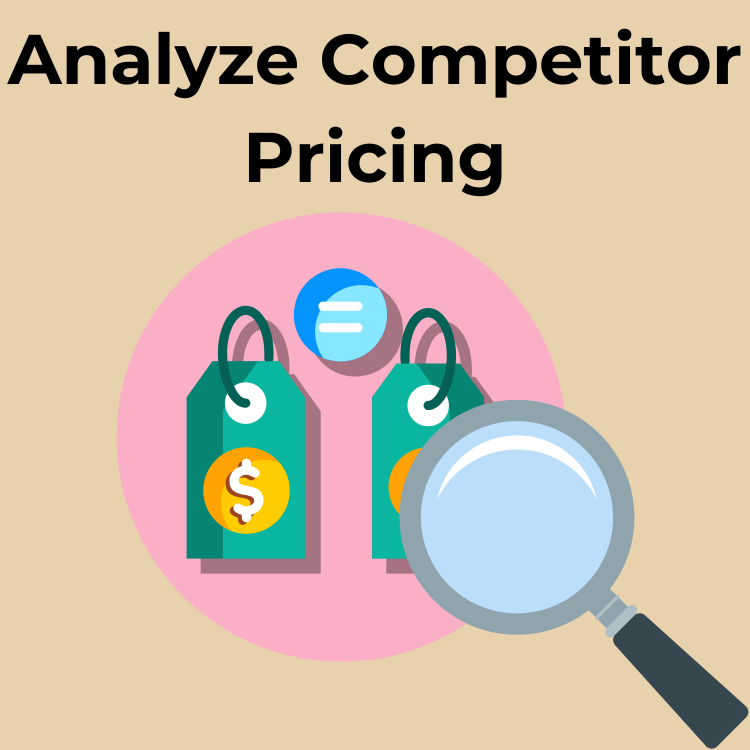
Monitor your competitors’ pricing strategies to stay competitive. Use pricing intelligence tools to track how competitors price similar products and adjust your prices accordingly.
Steps:
Example: A retailer on Amazon adjusts prices to be 5% lower than the average competitor price for the same product category during peak shopping periods.
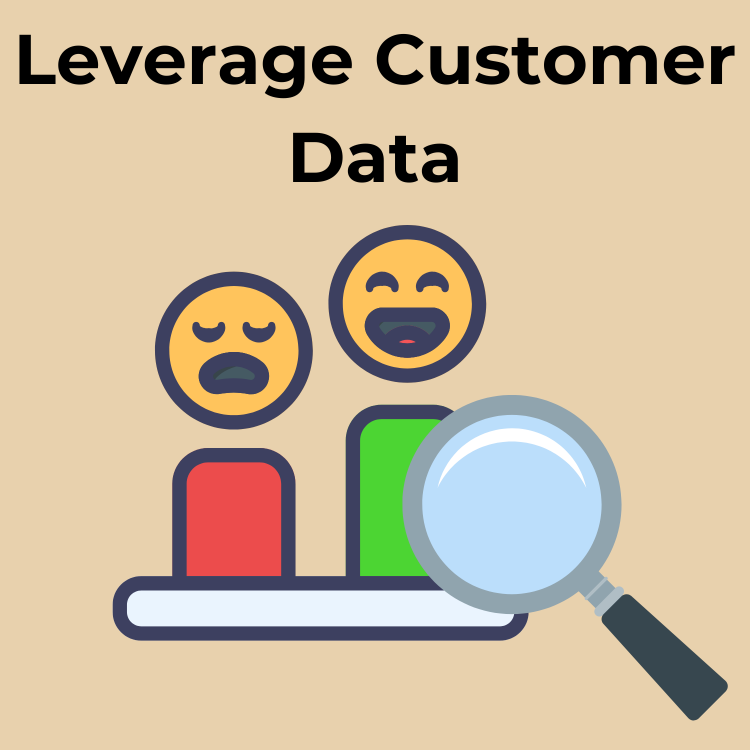
Dynamic pricing thrives on understanding your customers. Analyze data such as purchasing history, browsing behavior, and demographics to offer personalized pricing that resonates with different customer segments.
Applications:
Example: An e-commerce store uses customer data to identify frequent buyers and offers them early access to sales with exclusive pricing.
Different customer groups have varying levels of price sensitivity. Use market segmentation to create tailored pricing strategies that maximize conversions across diverse customer bases.
Steps:
Example: A global e-commerce business charges higher prices in high-income regions while offering discounts in price-sensitive markets.
Use real-time data to adjust prices dynamically based on demand, competitor activity, and inventory levels. Automate this process with pricing tools to ensure consistent and timely updates.
Benefits:
Example: During a holiday shopping event, an online retailer increases prices for trending products by 10% as demand peaks.
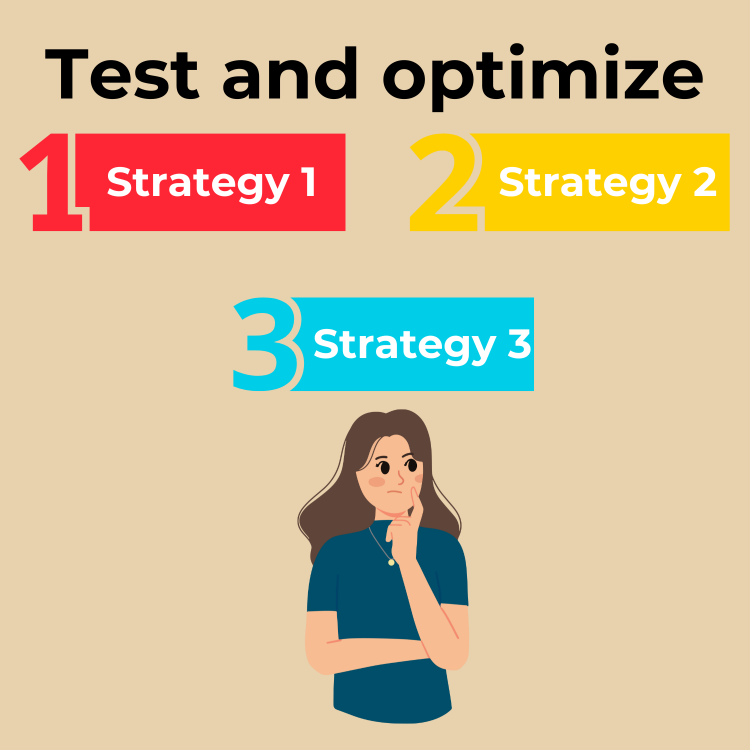
A/B testing is crucial to understand what pricing strategies work best. Experiment with different price points, discounts, and time frames to find the most effective approach for your business.
Steps:
Example: A clothing retailer tests two discount levels (10% and 20%) to see which drives more conversions without significantly impacting profit margins.
Dynamic pricing can sometimes lead to customer skepticism. To maintain trust, ensure your pricing changes are transparent and justified.
Best Practices:
Example: An online electronics store provides a countdown timer for promotional pricing, clearly indicating when the offer ends.
Managing dynamic pricing across multiple channels can be challenging. Tools like OneCart simplify the process by automating price updates, syncing inventory, and providing real-time analytics.
Features of OneCart:
While dynamic pricing offers significant advantages, implementing it comes with its own set of challenges. Businesses must address these obstacles effectively to harness the full potential of this pricing strategy. Below are the common challenges and actionable solutions to overcome them:
Frequent or unpredictable price changes can frustrate customers, leading to a loss of trust and loyalty.
Solution:
Example: An online retailer adds a “limited-time offer” tag to dynamic price changes, creating a sense of urgency while ensuring transparency.
Managing consistent pricing across multiple platforms like Shopify, Lazada, and Amazon can be complex and lead to discrepancies.
Solution:
Example: OneCart has the ability to adjust prices across all sales channels under one single platform.
Lowering prices to compete can erode profit margins, while raising them too high can deter customers.
Solution:
Example: A retailer bundles complementary products (e.g., a camera with a tripod) at a slight discount, making the overall offer more attractive without lowering individual product prices.
Dynamic pricing can inadvertently lead to inventory mismanagement, such as overselling or stockouts.
Solution:
Example: A fashion retailer raises the price of a popular dress when stock levels drop below 10 units, encouraging customers to purchase quickly while preventing overselling.
Dynamic pricing can sometimes be perceived as unfair, especially when customers notice price discrepancies for the same product within a short time.
Solution:
Example: A ride-sharing app shows a message explaining increased fares during peak hours due to high demand, helping customers understand the rationale behind the price surge.
Implementing dynamic pricing requires robust technological infrastructure, which can be challenging for small businesses with limited resources.
Solution:
Example: A small e-commerce business uses OneCart’s centralized dashboard to automate dynamic pricing without needing extensive technical expertise.
Managing and analyzing the vast amount of data required for dynamic pricing can be overwhelming.
Solution:
Example: A marketplace seller uses OneCart’s analytics to identify slow-moving products and applies discounts automatically to boost sales.
Certain regions or industries may have regulations restricting frequent price changes or price discrimination.
Solution:
Example: An international retailer adapts its pricing model for European markets to comply with consumer protection laws while maintaining flexibility in other regions.
Dynamic pricing requires precision, speed, and alignment across multiple sales channels. OneCart, a multichannel e-commerce management tool, simplifies the complexities of dynamic pricing by integrating inventory, order processing, and pricing strategies into a single platform. Here’s how OneCart can support and enhance your dynamic pricing efforts:
OneCart ensures that inventory levels are updated across all connected platforms in real-time. This integration is critical for dynamic pricing as it allows businesses to adjust prices based on stock availability and demand.
Benefits:
Example: A business selling on Lazada and Shopify uses OneCart to synchronize inventory data, ensuring that price changes based on stock levels are reflected instantly across both platforms.
Managing dynamic pricing across multiple platforms can be challenging. OneCart simplifies this by allowing businesses to control pricing rules and updates from a single dashboard.
Benefits:
Example: A retailer adjusts holiday discounts centrally through OneCart, ensuring all connected platforms reflect the changes simultaneously.
With OneCart, businesses can adjust pricing based on predefined rules or real-time data, reducing manual effort and minimizing errors.
Applications:
Example: A seller automates flash sale discounts during peak shopping hours, boosting sales while maintaining inventory control.
Data-driven insights are crucial for dynamic pricing success. OneCart provides comprehensive analytics to help businesses monitor the impact of pricing changes and refine their strategies.
Metrics Tracked:
Example: A business analyzes sales performance reports on OneCart to identify slow-moving products and applies dynamic discounts to increase their sales.
OneCart seamlessly integrates with popular e-commerce platforms and marketplaces, ensuring that dynamic pricing strategies are executed smoothly across all sales channels.
Supported Platforms:
Example: A global retailer uses OneCart’s integration to implement segmented pricing, offering higher prices for customers in high-income regions while keeping competitive rates in price-sensitive markets.
Dynamic pricing needs evolve as businesses grow. OneCart’s scalable features ensure that businesses can manage increased sales volumes and pricing complexities without operational bottlenecks.
Benefits:
Example: A growing electronics brand integrates OneCart with its ERP system to automate pricing adjustments while maintaining seamless order and inventory management.
Dynamic pricing is a strategy where product prices change in real time based on factors such as demand, competition, inventory levels, and customer behavior. It helps businesses optimize revenue, improve competitiveness, and manage inventory efficiently.
Dynamic pricing offers several benefits, including:
The main risks include:
OneCart simplifies dynamic pricing by:
Dynamic pricing is ethical when implemented transparently and fairly. Businesses should clearly communicate reasons for price changes and avoid practices that exploit customers. For example, offering discounts during off-peak hours is an ethical way to use dynamic pricing.
Consistency is achieved by:
Dynamic pricing is a powerful strategy for optimizing revenue, improving inventory management, and staying competitive in e-commerce. By leveraging models like rule-based, AI-driven, and market-based pricing, businesses can tailor strategies to meet their goals. However, challenges such as customer dissatisfaction and pricing inconsistencies require thoughtful implementation and reliable tools.
OneCart simplifies dynamic pricing with real-time inventory synchronization, centralized pricing management, and actionable analytics. Whether you’re a small business or a large enterprise, OneCart empowers you to execute dynamic pricing strategies seamlessly across multiple platforms.
Try OneCart today and unlock the full potential of dynamic pricing with a free trial. Start optimizing your prices, streamlining operations, and maximizing profitability.
Automate & Scale Your Online Business with OneCart
Start a Free TrialUsed by hundreds of merchants in Singapore & Southeast Asia